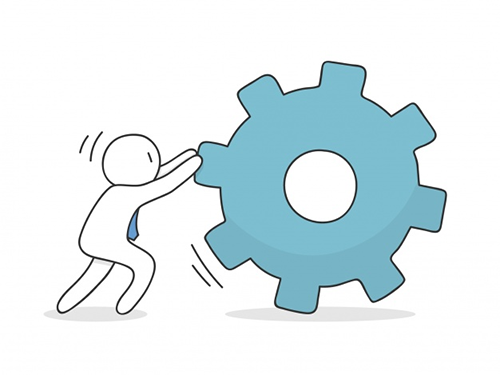Free Download StyleWriter software World's Largest Writing Style, Word Usage, Readability and English Grammar Checker by Editor Software
| Free Articles
|
Help Me Write a Better Technical Document Technical documents often contain complex topics that can be difficult to explain. To make sure your readers learn the most from your technical document, check out some of the following tips: 1) State Your Intentions Tell your audience what your technical document covers right in your first pages. By letting your readers know in advance what your document does and does not explain, you'll be laying a strong foundation for deep understanding. Give your readers the basis they need to follow along to really get their attention right from the start. 2) Organize Your Ideas Technical documents are often full of a variety of difficult-to-understand concepts. To help your readers along, sit down and organize your ideas. For best readability, make sure you give each idea its own chapter to devote to its explanation. Once you've clearly separated your ideas, decide on the most logical sequence for your chapters. To figure out what the best order is, try working backwards. For example, if one concept can't be explained without first explaining three other concepts, make sure those three concepts' chapters come first in your document. Keep working until your ideas are listed in such a way that your readers have all of the knowledge they need from one chapter to be ready for the next. Imagine trying to teach a child to read without first teaching them the alphabet. Without providing the fundamentals first, you wouldn't be able to add on anything more complicated. It's the same with your technical document. For increased understanding, give your audience the basics they need first, so that they can better grasp the tougher concepts later. 3) Write for Your Audience Before you get started, ask yourself: "For whom am I writing?" The type of audience you have should govern the way you write your technical document. For example, if you're writing a software manual for computer engineers, you can confidently use technical jargon because you're writing for people who will understand what you're talking about. However, if your software manual is meant for senior citizens, you'll need to use simple, everyday language that someone with little computer experience could understand. If you're having trouble deciding if your document is easy enough for your target audience to read, try asking a friend who could be a part of that target audience. Once he or she reads it, you'll have a good idea whether or not the language is simple enough. 4) Review Your Ideas In this case, repeating yourself is a good thing. At the end of each chapter, take the time to re-explain, in point form, the most important things your readers need to remember. This simple step will help your readers retain more from each chapter, which will in turn prepare them for subsequent chapters. To help people get the most from your technical document, remember that the better they understand your concepts before they continue, the better they'll understand other, more complicated concepts later on. Explain your ideas clearly and review them at the end of chapter. You'll be rewarded with educated readers who benefit from the expertise and effort put into your technical document. |